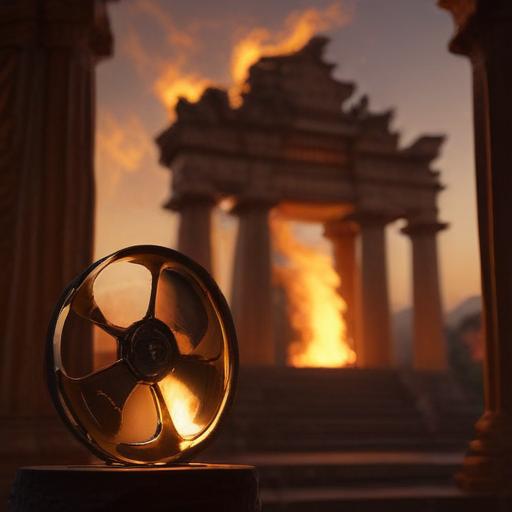Ashwin Kumar’s animated film, Mahavatar Narsimha, has marked a strong launch for Hombale Films’ ambitious seven-part Mahavatar Universe, each focusing on different avatars of Lord Vishnu. With an impressive opening weekend earning of Rs 7.5 crore, Kumar shares insights into his vision for this unique cinematic universe, emphasizing the need to explore and celebrate India’s rich mythological heritage.
At a recent trailer launch, Ajay Devgn highlighted the distinct advantage Indian cinema has over Hollywood, which creates its own fictional worlds. This sentiment resonates with Kumar, who believes the deep and significant narratives within India’s mythology have not been sufficiently utilized in mainstream cinema. He acknowledges a historical gap in leveraging these stories for cinematic expression, suggesting this is the right moment for Indian filmmakers to delve into ancient texts with authenticity and creativity.
Kumar emphasizes the timeless nature of these mythical tales, asserting that while many adaptations have failed to capture the essence, new interpretations rooted in traditional texts can resonate on a spiritual level. This echoes the sentiments expressed in similar projects, such as Nitesh Tiwari’s upcoming two-part Ramayana and Aamir Khan’s planned film series on the Mahabharata, showcasing a growing trend in Indian cinema towards exploring its mythological foundations.
Despite a section of society questioning the historical accuracy of mythology, Kumar firmly states that these narratives are interwoven into the fabric of Indian identity. They provide moral lessons and reflect the virtues that many people, including himself, hold dear. The story of Mahavatar Narsimha is positioned as an underdog tale, illustrating the theme of cosmic balance where dharma ultimately prevails over adharma, represented by the conflict between Lord Vishnu and the formidable Hiranyakashyap.
The film adopts a unique storytelling strategy by centering around Bhakt Prahlada, whose faith is pivotal to the narrative’s progression and culminates in Narsimha’s intervention. Kumar argues that using animation instead of live-action allows for more creative freedom, effectively showcasing the fantastical elements of the story without the constraints of traditional filming.
Kumar is also eager to challenge the perception that animation is merely for children, aiming to present a more serious and mature take on the genre, highlighting the emotional depth and artistic craftsmanship involved in their production.
For the modern audience, especially Gen-Z, Kumar hopes Mahavatar Narsimha will serve as an anchor during turbulent times, providing a sense of faith and appreciation for their cultural roots. By fostering a connection with the divine through these tales, he believes young viewers can find stability amidst life’s challenges.
The growing effort from filmmakers to adapt mythology for contemporary audiences signals a vibrant future for Indian cinema, filled with rich narratives that not only entertain but also educate and inspire.
